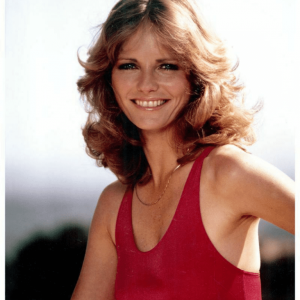Before the era of streaming services and home theater systems, movie nights had a completely different charm. Families and friends would pile into their cars and head to the local drive-in theater, where the open night sky served as a ceiling, and Hollywood’s latest blockbusters lit up the giant outdoor screens. But what truly made these nights unforgettable wasn’t just the films or the setting—it was the vintage drive-in speaker, the small but mighty device that brought the sound to life inside each car.
Let’s take a journey back in time to explore the history, mechanics, and lasting appeal of this iconic piece of movie history.
The Drive-In Theater: A Cultural Phenomenon
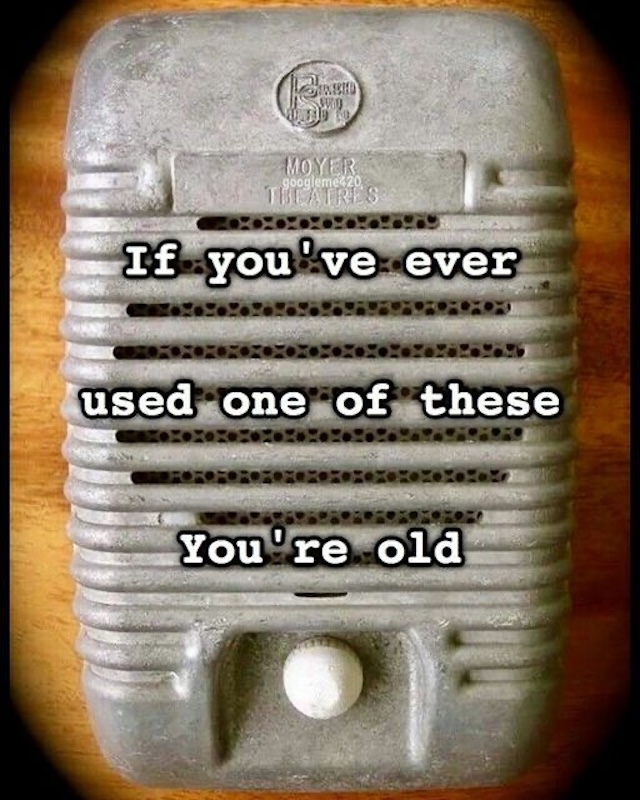
The drive-in theater revolutionized movie-watching when it first appeared in the 1930s. By the 1950s and 1960s, it had become an integral part of American culture. Drive-ins provided an affordable and unique way for people to enjoy films, combining entertainment with the comfort and privacy of their own vehicles.
Pulling up to a drive-in, finding the perfect spot, and hooking a speaker onto the car window was a ritual that set the stage for an evening of excitement. Whether it was a family outing, a romantic date night, or a casual hangout with friends, the drive-in experience was something special. At the center of this tradition was the vintage drive-in speaker, ensuring that everyone could hear the dialogue, music, and action that unfolded on the big screen.
What Made the Vintage Drive-In Speaker Special?

The drive-in speaker was a marvel of its time. Unlike modern Bluetooth or FM radio systems, these speakers were built to last. They were typically made of heavy-duty metal, designed to endure years of exposure to weather and frequent use.
The operation was simple. The speaker connected to a central audio system through underground wiring, delivering synchronized sound to each car. It clipped onto the driver’s side window, and a small volume control knob allowed adjustments. While the audio quality wasn’t perfect—often slightly tinny or distorted—this imperfection became part of its nostalgic charm.
These speakers weren’t just functional; they were symbolic. The moment you placed one on your window and heard that crackling sound, you knew the movie was about to begin.
A Personal Theater on Wheels
Unlike traditional indoor cinemas, drive-ins provided a customized viewing experience. There were no crowded seats, no strangers talking through the movie, and no overpriced concessions (unless you chose to buy snacks from the drive-in stand). Instead, people had the freedom to enjoy films in their own little bubble, surrounded by family, friends, or a special date.
Families would bring blankets, kids would snuggle up in the backseat, and couples would share a romantic moment under the stars. The drive-in speaker played a crucial role in creating this cozy and intimate setting. Even today, many who experienced this era recall the distinct sound of those speakers as a key part of the magic.
The Stories Behind the Speakers
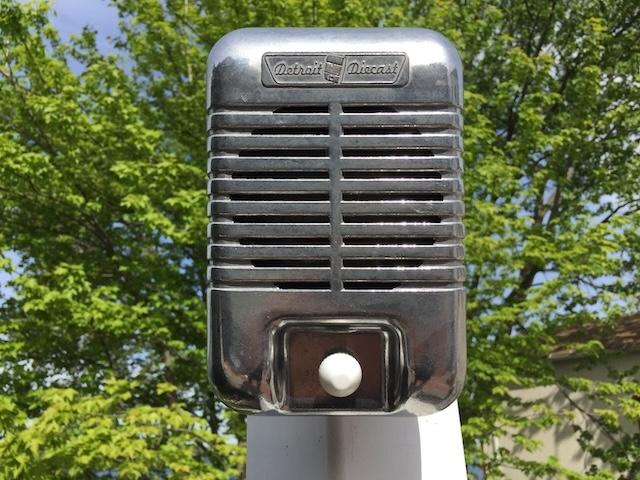
These speakers weren’t just mechanical devices; they were silent witnesses to countless memories. Think about the first dates filled with nervous excitement, the families laughing together, or the kids who eventually fell asleep before the film’s climax.
For some, the speaker was a symbol of summer nights, classic films, and the simple joys of yesteryear. It represents an era when entertainment was a shared experience, where the anticipation of watching a film under the stars was just as thrilling as the movie itself.
The Decline of Drive-In Theaters
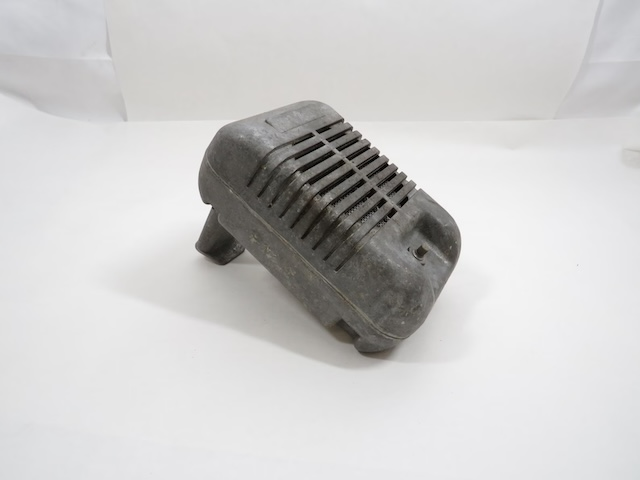
By the 1980s, drive-in theaters began to fade. Indoor cinemas with plush seating and surround sound systems became the preferred way to watch movies. The rise of home video added another challenge, allowing people to enjoy films from their living rooms.
As drive-ins closed, the need for traditional wired speakers disappeared. The remaining theaters switched to FM radio transmitters, allowing drivers to tune into the movie’s audio via their car stereo. While this was more convenient, it lacked the unique charm of the classic metal-box speakers.
With fewer drive-ins in operation, the vintage drive-in speaker transitioned from a common tool to a nostalgic relic.
The Speaker as a Collector’s Item
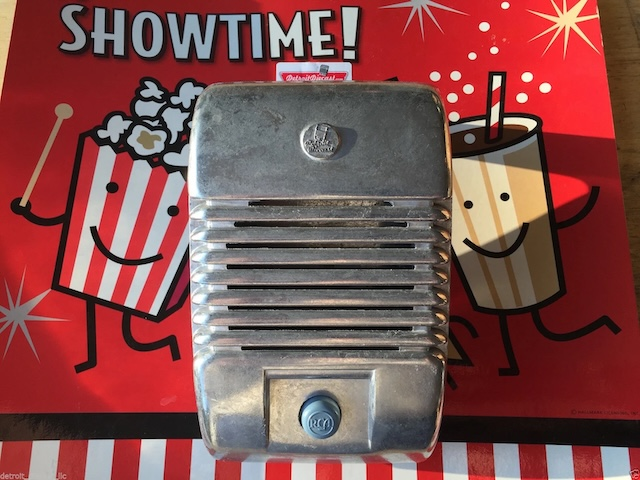
Today, vintage drive-in speakers are highly sought after by collectors, nostalgia enthusiasts, and movie buffs. Once an everyday object, these speakers have become rare treasures. Many are displayed in homes as decorative pieces, while others have been creatively repurposed into lamps, Bluetooth speakers, or unique art installations.
For those who manage to find one in working condition, it’s a piece of history that still holds a sense of wonder. Owning one isn’t just about having an old speaker—it’s about preserving a connection to a golden age of cinema.
The Revival of Drive-In Theaters
Although drive-in theaters largely faded from the mainstream, they have seen a resurgence in recent years. This comeback was especially noticeable during times when indoor theaters were closed or limited. People rediscovered the joy of watching movies from their cars, leading to a renewed appreciation for the drive-in experience.
Today’s drive-ins no longer rely on wired speakers, but they still capture the essence of what made them special—the open-air setting, the nostalgic charm, and the communal spirit of movie-watching under the stars.
Why the Vintage Drive-In Speaker Still Matters
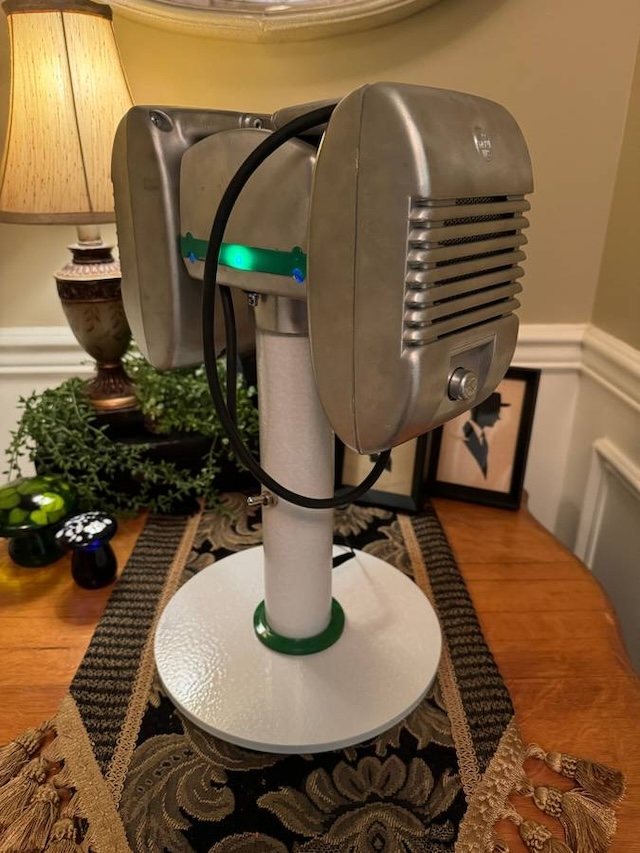
The vintage drive-in speaker represents more than just a bygone piece of technology. It’s a cultural artifact, a reminder of a time when movies were more than just entertainment—they were a social event.
For those who grew up with drive-ins, the speaker evokes powerful memories of childhood, first loves, and family traditions. For younger generations, it offers a glimpse into a past where life moved a little slower, and joy came from the simplest things.
Conclusion
The vintage drive-in speaker may no longer be a common part of our daily lives, but its legacy endures. It stands as a reminder of an era when movie nights were magical, and gathering under the stars was as important as the film on the screen.
For those who remember using one, it’s a cherished keepsake of a time long past. And for those discovering it for the first time, it serves as a fascinating piece of history that showcases the evolution of cinema.
So, the next time you come across one of these little metal boxes, take a moment to appreciate the stories it holds. It’s more than just a speaker—it’s a symbol of connection, nostalgia, and the magic of storytelling.
